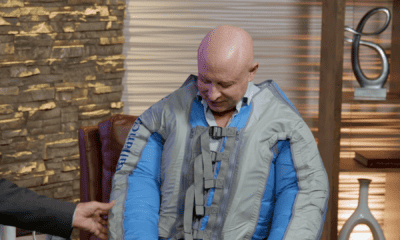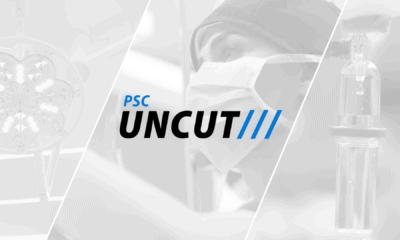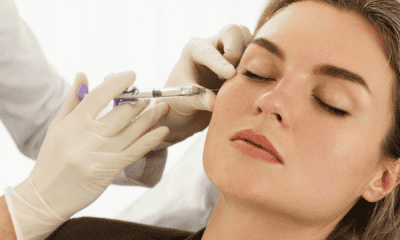Not all people are gifted with proportionately-sized and well-positioned ears. In fact, many people have imperfections such as protruding or malformed ears, causing them to suffer from ridicule or teasing during childhood, and lower self-esteem into adulthood. Otoplasty, or ear pinning surgery, can effectively eliminate these imperfections and create more aesthetically pleasing ears for the patient.
Who Can Get Ear Pinning Surgery
Many people with large or misshapen ears choose to undergo ear pinning surgery. These imperfections can include:
• Prominent protruding ears – the ears noticeably protrude from the head; this is the most common case for otoplasty.
• Lop ear –the tip appears to fold downward and forward, like some dog ears
• Cupped ears –the ears are disproportionately small
• Shell ears –the absence of natural ear folds and creases, and no curve in the outer ear rim
Adults and children alike can receive otoplasty, but the operation is mostly performed on children who are between 4 to 14 years of age. According to experts, the surgery should be performed on younger children to avoid complications or teasing later in life. At 4 years old, the human ear is nearly fully grown.
How Ear Pinning Surgery is Done
In most cases, otoplasty is performed on an outpatient basis. For adults and older children, surgeons prefer to use local anesthesia and sedative during the operation. For young children, however, general anesthesia is recommended. The typical time frame for ear pinning surgery is between 2 to 3 hours. If a particular case is complicated, the operation may take longer.
A common surgical approach is for the surgeon to perform the following actions:
• Expose the ear cartilage by making an incision behind the ear.
• Carve the cartilage and bend it backward, closer to the head.
• Remove a section of the cartilage if necessary.
• Keep the new shape in place by using permanent stitches.
After Surgery
To ensure proper healing and molding of the ear after ear pinning surgery, the surgeon will use a bulky bandage around the head of the patient. There will be some aching and throbbing for a few days; however, medication can relieve these. After approximately a week, the stitches will be removed, unless they dissolve by themselves, and the patient can resume normal activity. Special care must be taken to avoid exposing the ears to physical pressure.












Facebook
Twitter
Instagram
YouTube
RSS